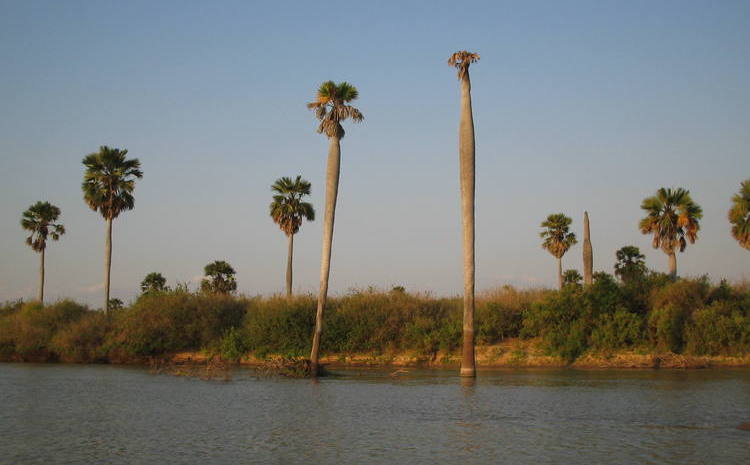By Global Information Network
PARIS | NEW YORK (IDN) – “The Selous Game Reserve, covering 50,000 square kilometres, is amongst the largest protected areas in Africa and is relatively undisturbed by human impact,” says UNESCO, which decided in 2014 to include it in the List of World Heritage in danger.
Notwithstanding the prominent status given to Selous Game Reserve by including it among world’s 54 properties of “outstanding universal value”, and much to the dismay of environmentalists, Tanzanian President John Magufuli has invited bids for a 2,100-megawatt hydroelectric plant. The project would more than double the country’s power generation capacity, ending chronic electricity shortages.
The Energy and Minerals Ministry said it expected construction of the power plant to be completed within three years. Experts from Ethiopia, which is also building new hydro-electric dams, will advise the government on the project.
But construction of a dam in a major river that runs through the Selous Game Reserve could affect wildlife and their habitats downstream, in one of the largest protected areas in Africa, which harbours one of the most significant concentrations of elephant, black rhinoceros, cheetah, giraffe, hippopotamus and crocodile, amongst many other species.
“The reserve also has an exceptionally high variety of habitats including Miombo woodlands, open grasslands, riverine forests and swamps, making it a valuable laboratory for on-going ecological and biological processes,” says UNESCO, the United Nations Educational, Scientific and Cultural Organization.
“Selous is the only site in southern Tanzania to have been awarded World Heritage status,” says the World Wildlife (WWF) group in a report titled “6 things to know about Tanzania’s largest protected area – and why we save it.” This means it has “natural significance which is so exceptional as to transcend national boundaries and be of common importance for present and future generations of humanity.”
Further, the project threatens existing wetlands and could harm the present livelihoods of more than 200,000 residents reliant on fishing downstream of the intended dam.
The government has also been criticized by environmental groups for granting Australia-based miner Mantra Resources rights to build a 400 million USD uranium mine in the sanctuary.
Tanzania’s President Magufuli, defending the project, said the dam and resulting reservoir would cover only 3 percent of the Selous, adding he would not listen to detractors who spoke “without facts.” The dam would be built “come rain, come sun,” he said.
But WWF has called on Tanzania’s government to consider alternative ways to generate electricity, which currently reaches few rural residents. [IDN-InDepthNews – 7 September 2017]
Photo: Selous Game Reserve. Credit: UNESO | Evergreen
IDN is flagship agency of the International Press Syndicate

